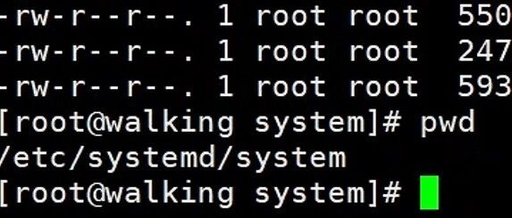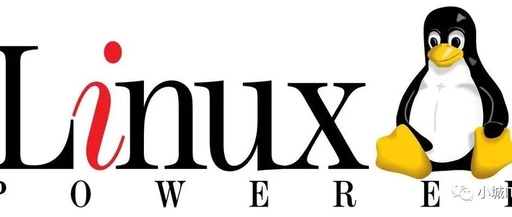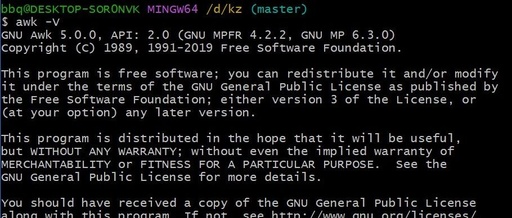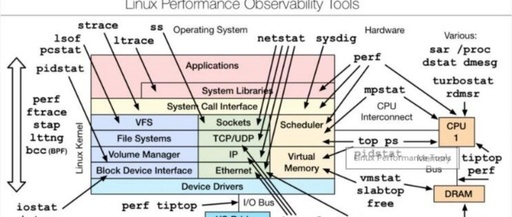Nginx Environment Setup: Installation and Configuration Guide on Linux (CentOS)
Introduction Nginx is a high-performance web server, reverse proxy server, and load balancer, widely used in modern internet architectures. It is known for its lightweight design, high concurrency handling capabilities, and low resource consumption. This article will provide a detailed guide on how to install and configure Nginx on a Linux system. Installation Method Comparison … Read more









